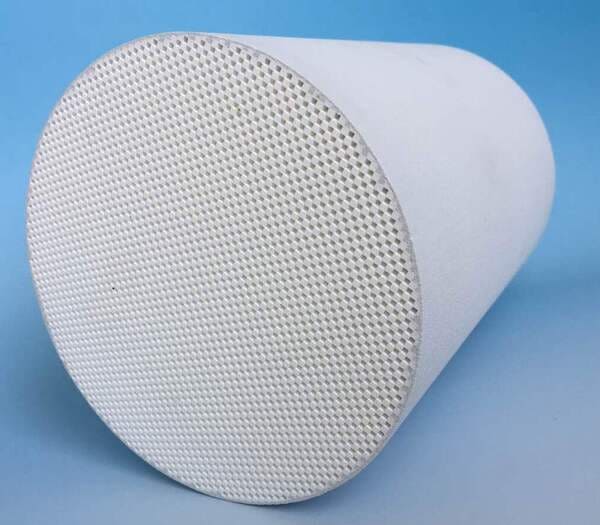Ever been daunted by the technicality of installing a Diesel Particulate Filter (DPF) in your generator? Pondered over how to make it a do-it-yourself (DIY) job? Wondered what the right steps to follow are, to ensure a successful installation? Well, this guide is designed to help!
Installing a DPF in your generator involves understanding the product, preparing the site, and then methodically going through the installation process step by step. It’s a manageable task with the right preparation and guidance.
Let’s make this journey of installing a DPF an enlightening experience for you, a task that you will master with our guide.
What Preparations Are Required Before Installing a DPF?
Prior to installing the DPF, you need to ensure a clean and safe environment. Make sure you have the correct DPF suitable for your generator and gather the required tools for the installation. It’s also necessary to wear safety equipment to prevent any mishaps.

How to Install a DPF in Your Generator?
- Turn off the Generator: It’s crucial to ensure your generator is off and cool before beginning any installation work.
- Locate the Exhaust Pipe: Identify where the exhaust pipe of your generator is. This is where you will install your DPF.
- Prepare the DPF: Before installing, make sure your DPF is clean and free from any packaging material. Read the manufacturer’s instructions provided with the DPF for any specific instructions.
- Attach the DPF: Connect the DPF to the exhaust pipe of your generator. Most DPFs will come with clamps or other mechanisms to secure them to the exhaust pipe.
- Secure the DPF: Tighten the clamps or fasteners to ensure a secure fit. However, be careful not to over-tighten, as this could cause damage.
- Check the Installation: After installing the DPF, double-check everything. Make sure the DPF is secure and correctly fitted. Any loose fittings can lead to leaks or other issues.
Remember, while this guide gives you a basic idea, it’s always best to follow the specific installation guide provided by your DPF manufacturer. Here’s a helpful video that demonstrates a DPF installation process.
What Are Some Tips for Maintaining a DPF After Installation?
After successful DPF installation, regular maintenance is crucial for optimal performance. This involves regular checks for any damage or leaks, and periodic cleaning or replacement as needed.
Is Professional Help Required for DPF Installation?
While it is possible to install a DPF on your own, some people may prefer professional assistance. A professional can help ensure the DPF is installed correctly and efficiently, minimizing the risk of future problems.
Conclusion
Installing a Diesel Particulate Filter in your generator doesn’t have to be a daunting task. With the right preparation and guidance, it can be done efficiently and correctly. By following this guide, you’ll be well on your way to a successful DPF installation, leading to a smoother, cleaner running generator.


